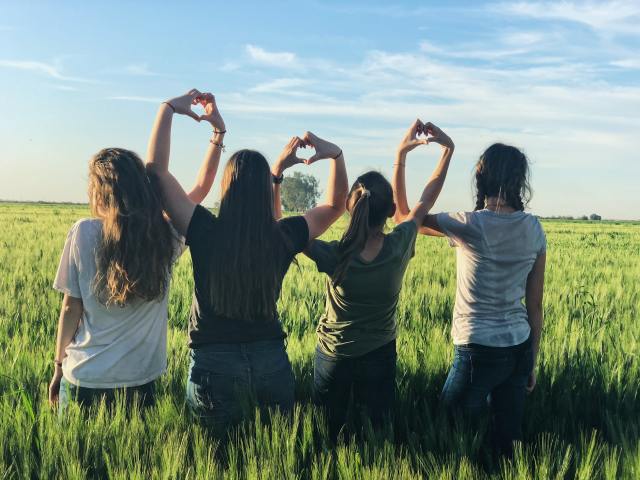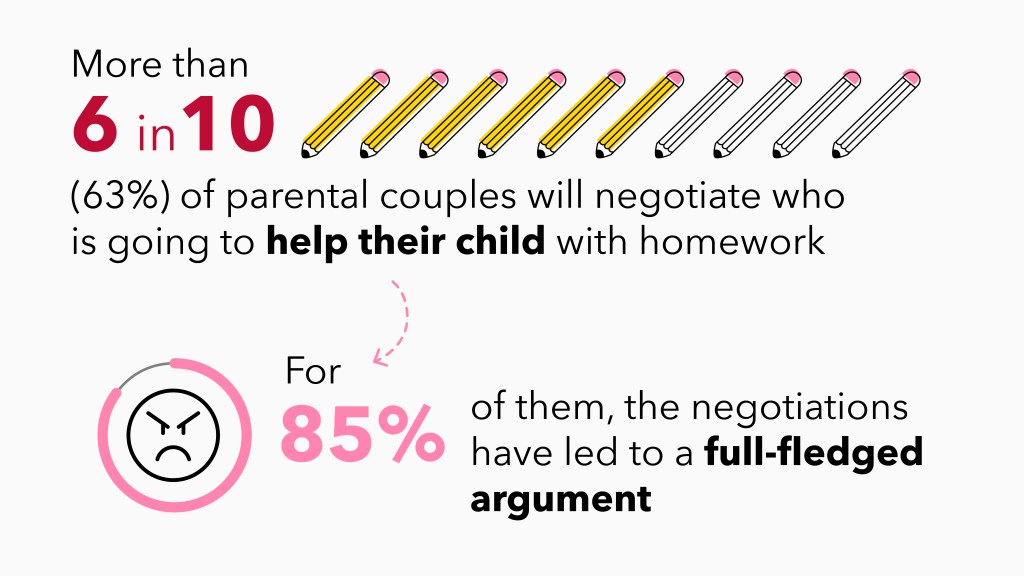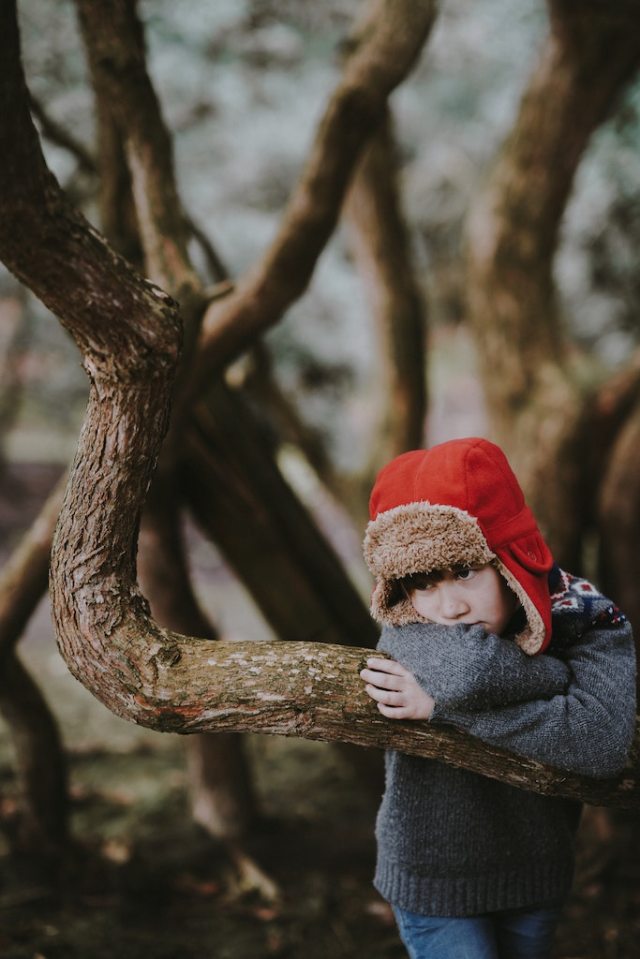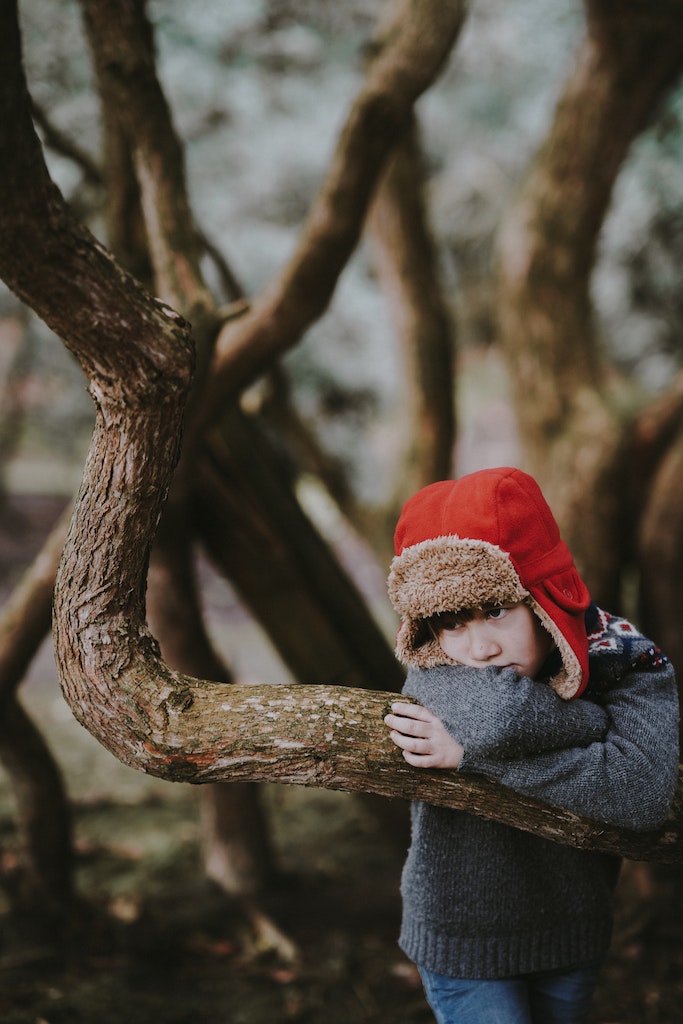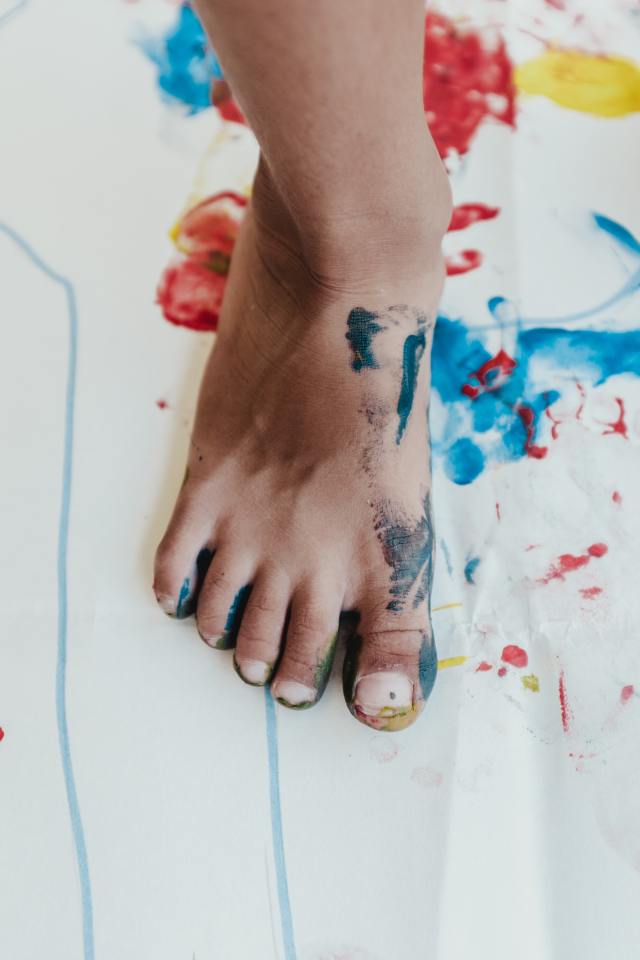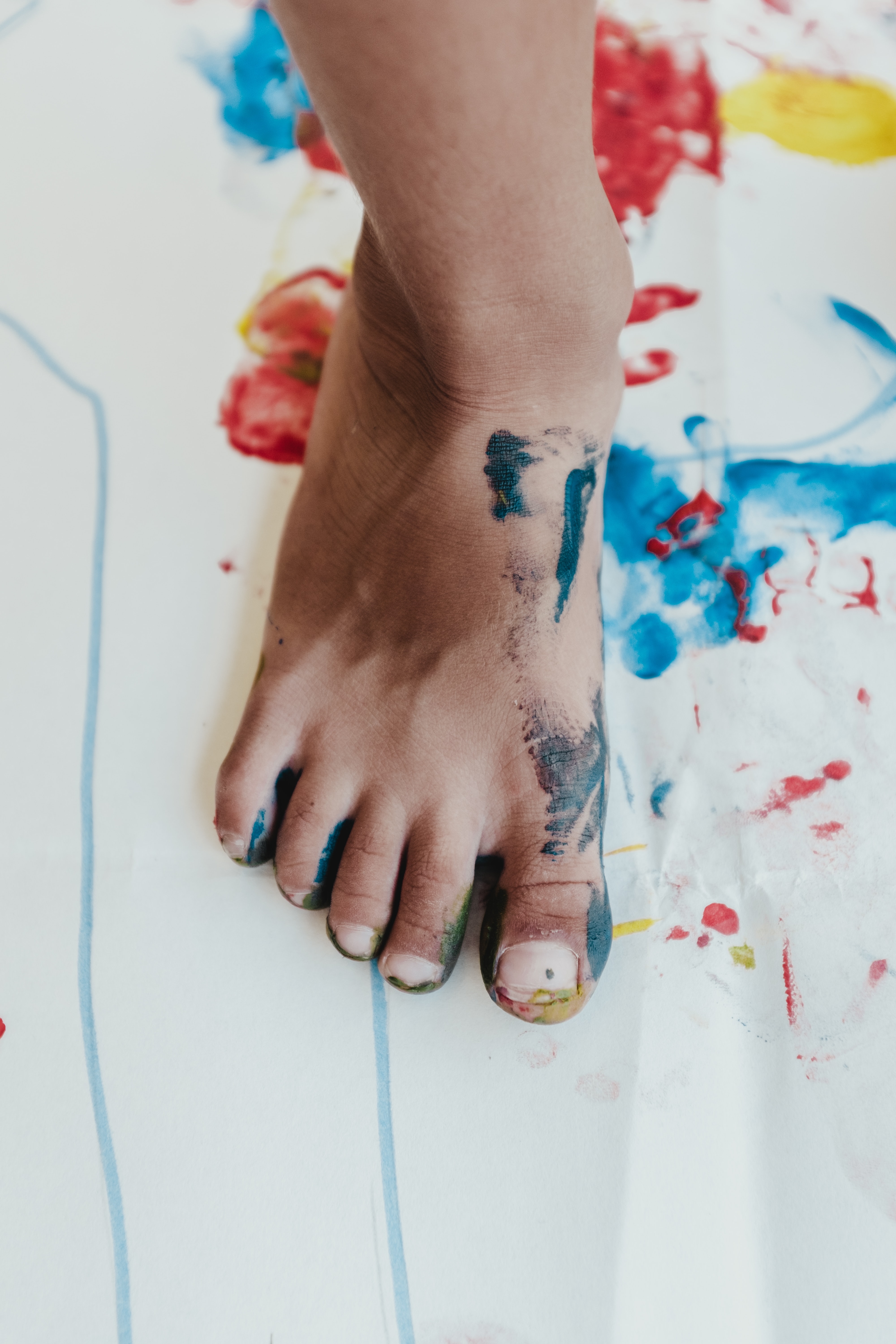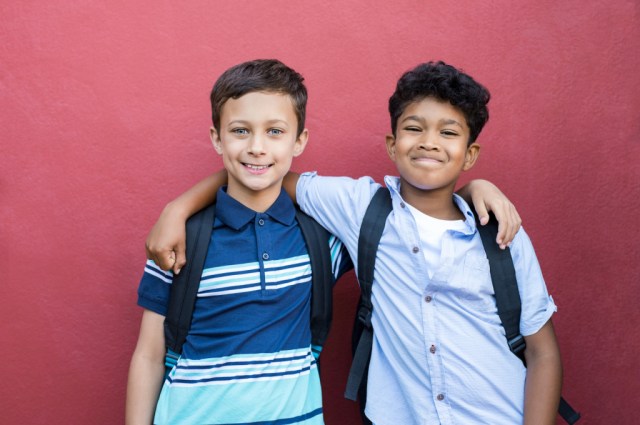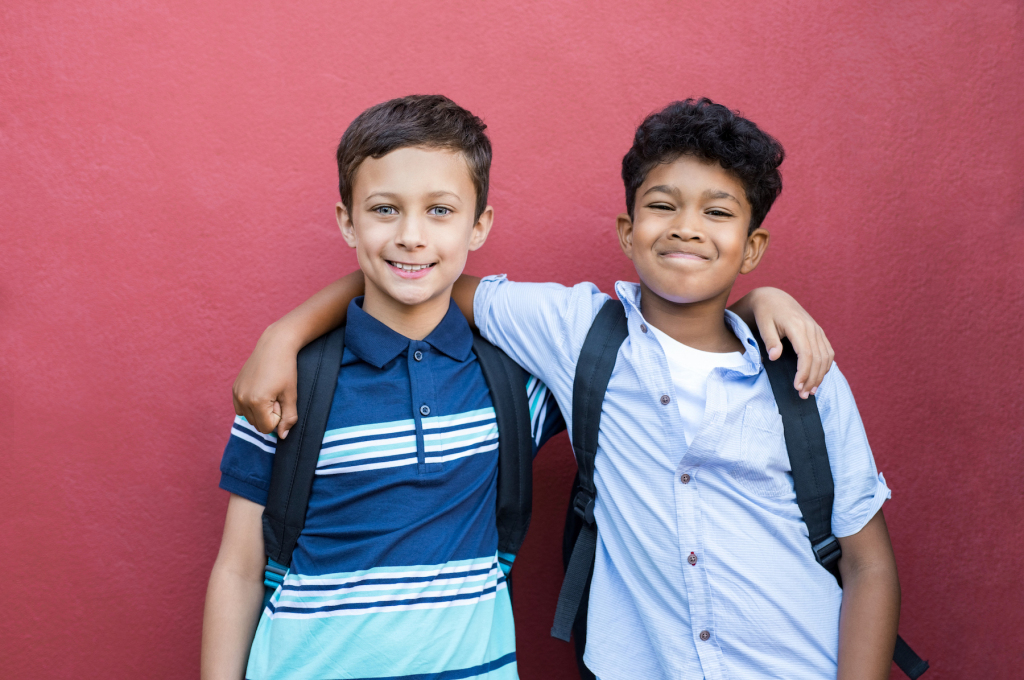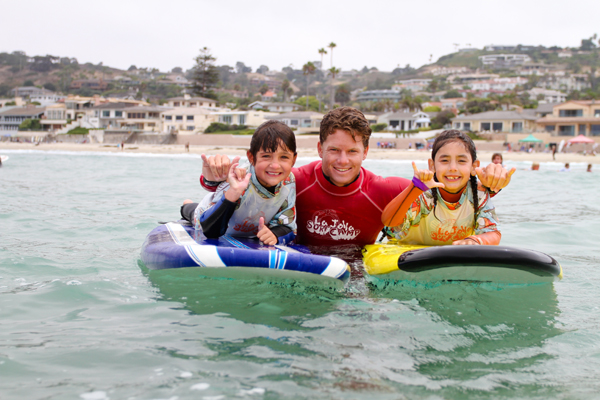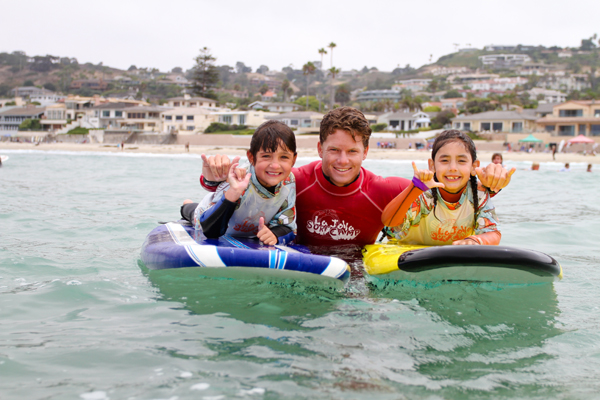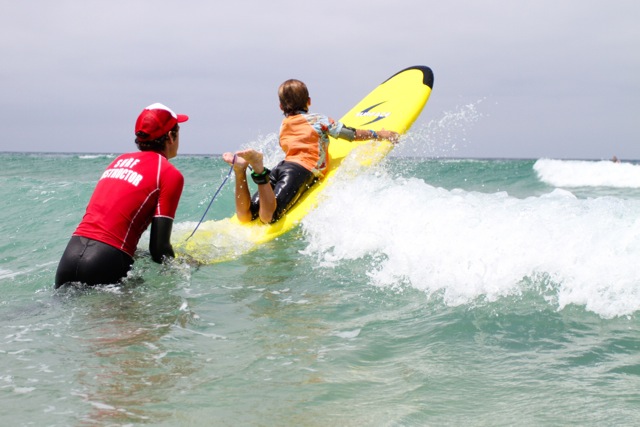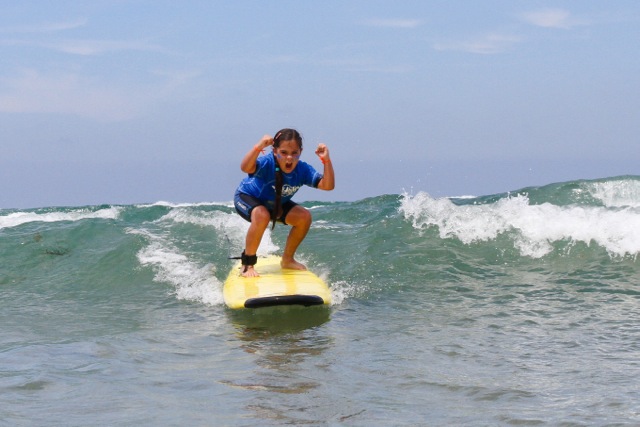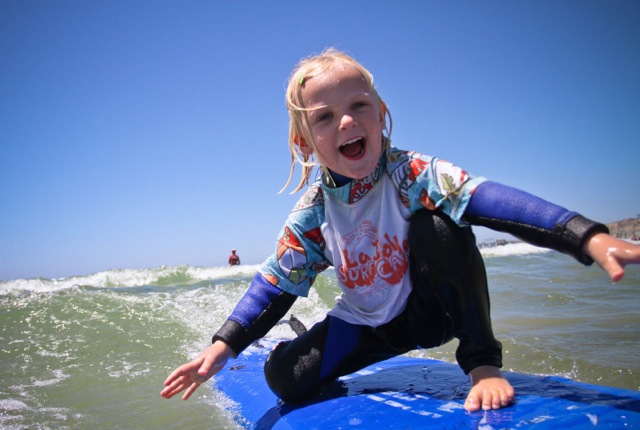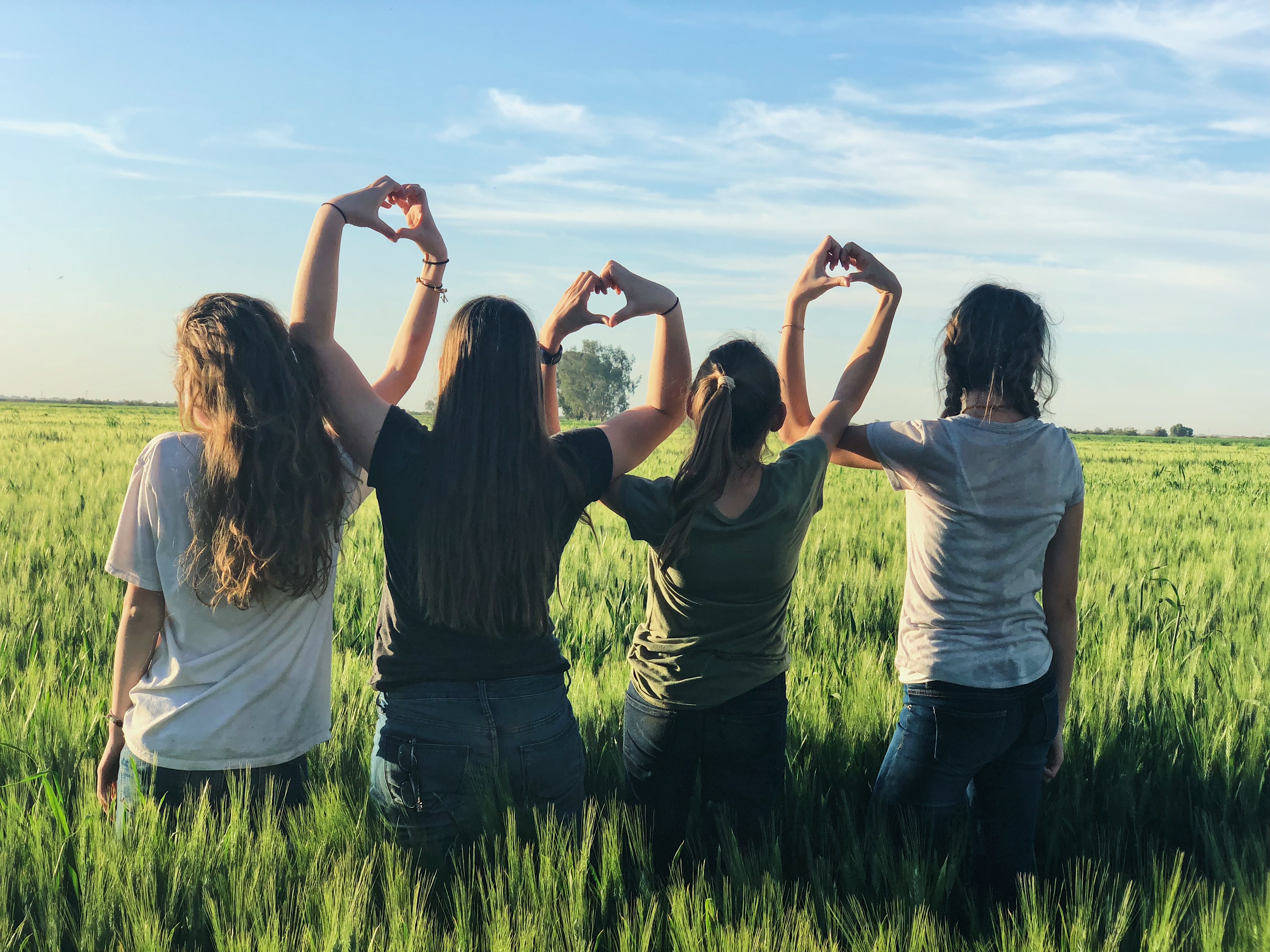
I was recently asked about my story and if I could pass one thing on to my children, what would it be? Without hesitation, I said, it would be a work ethic built around resilience.
That one word, resilience, has been the cornerstone of my life, and I want it to be a foundation for all my children throughout their lives as well.
I was born to two high schoolers who fell in love a little too early. Raised in a small town in poor conditions, I watched my dad work 60 hours a week to put food on the table and saw my mom work part-time while raising three little boys. She eventually worked her way through college and became a nurse, and then a nurse practitioner long after I had moved on.
In high school, my dad started his own company, but due to a skimming accountant, the IRS shut him down. Without hesitation, he got a job and paid every penny he owed to the IRS and his business vendors. My dad could have quit, but he did not.
I watched both my parents demonstrate a tremendous work ethic built around getting back up and finding a way. That’s resilience.
In my own life, I’ve worked hard and achieved dreams I never thought possible. But my own version of resilience—demonstrated to my children—is personal. In 2011, my wife and my sons’ mom, was unexpectedly diagnosed with stage 4 pancreatic cancer. She had no symptoms. There were no signs. In 36 hours, our entire world changed.
I spent the next five months with her while caring for our boys as she went through treatment. Most of it was experimental and produced no positive result. And on the exact day she was dismissed from MD Anderson Cancer Center and told to go home—there was no hope left—I was diagnosed with stage 2-3 renal cancer.
Knowing she needed me and knowing my children and family needed me, I did not do chemotherapy as recommended. I simply had the doctors open me up and remove the tumor, kidney, and anything else that looked bad.
I walked out of the hospital after 19 hours to be with my wife and my boys. She made it six more days, with her family, and me, by her side until the end.
Without question, that was the saddest day of my life and in the lives of my children.
But when looking back on it, I am proud of the fact that I was able to, if not forced to, demonstrate extreme resilience. Nine years later, my children are doing great and are super achievers in their own right. I’ve also chosen to move on with my life and have created a beautiful, blended family with a wonderful woman and mother. My children and her children are close, and my deceased wife’s family have totally embraced us all with complete love.
You see, resilience is not just about getting back up after getting knocked down. Resilience is also about getting up, finding a new path, and moving forward to ultimately achieve your goals and dreams. That is the true lesson I learned, and one that I hope I’ve demonstrated and given to my children.
RELATED:
“We Can Do Hard Things:” Building Resilience in Kids
5 Ways You Can Help Kids Build Resilience during Stressful Times
